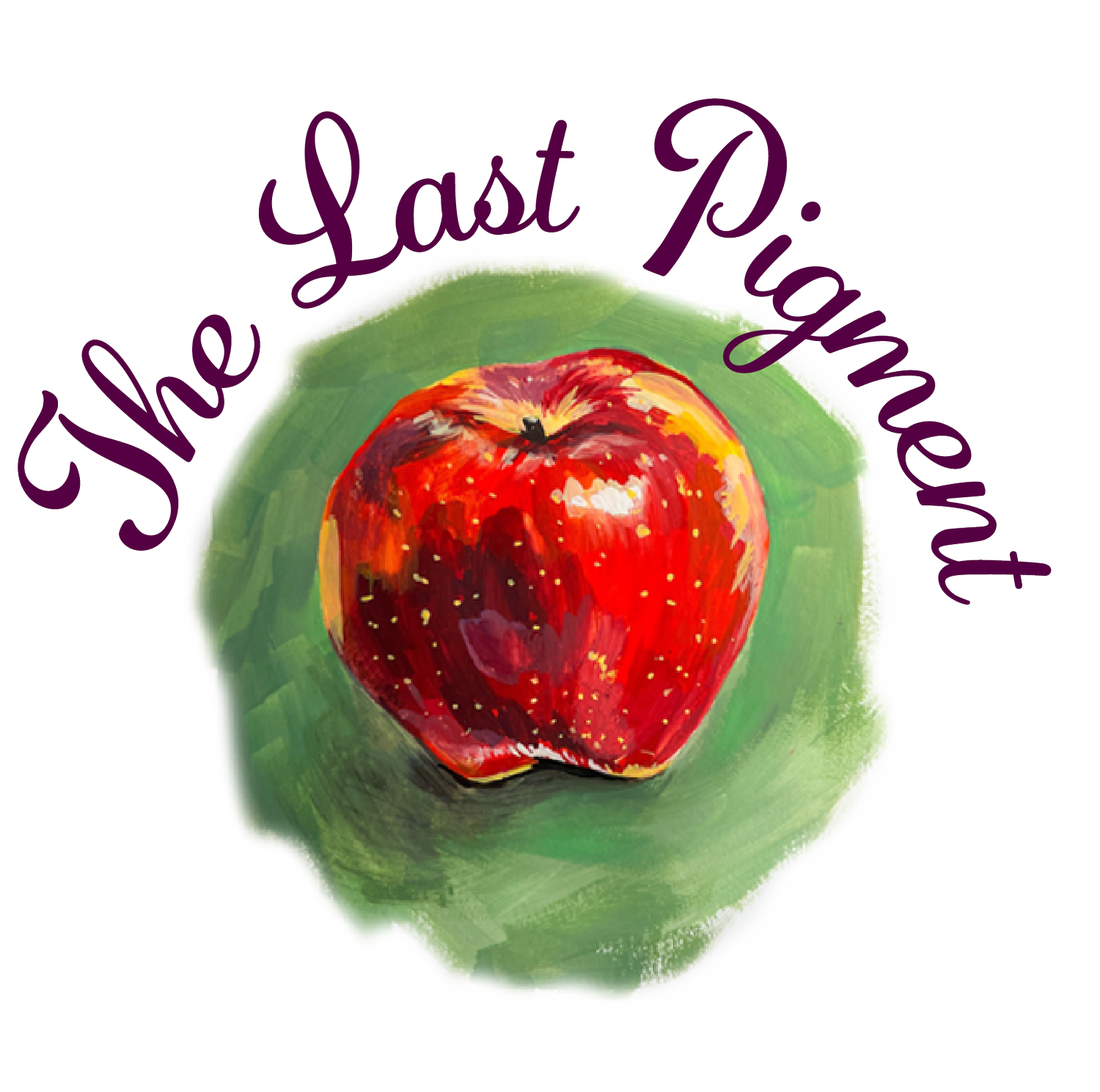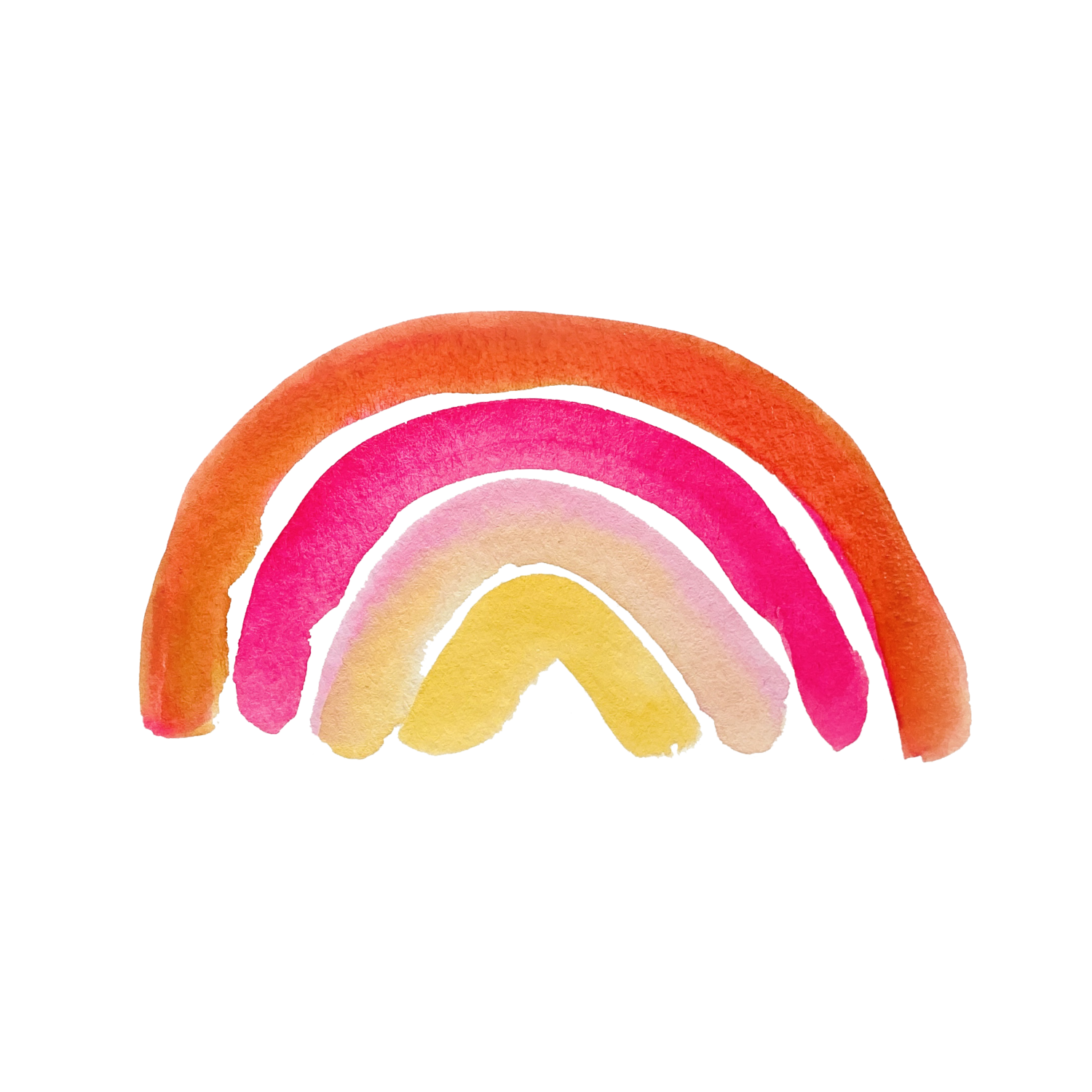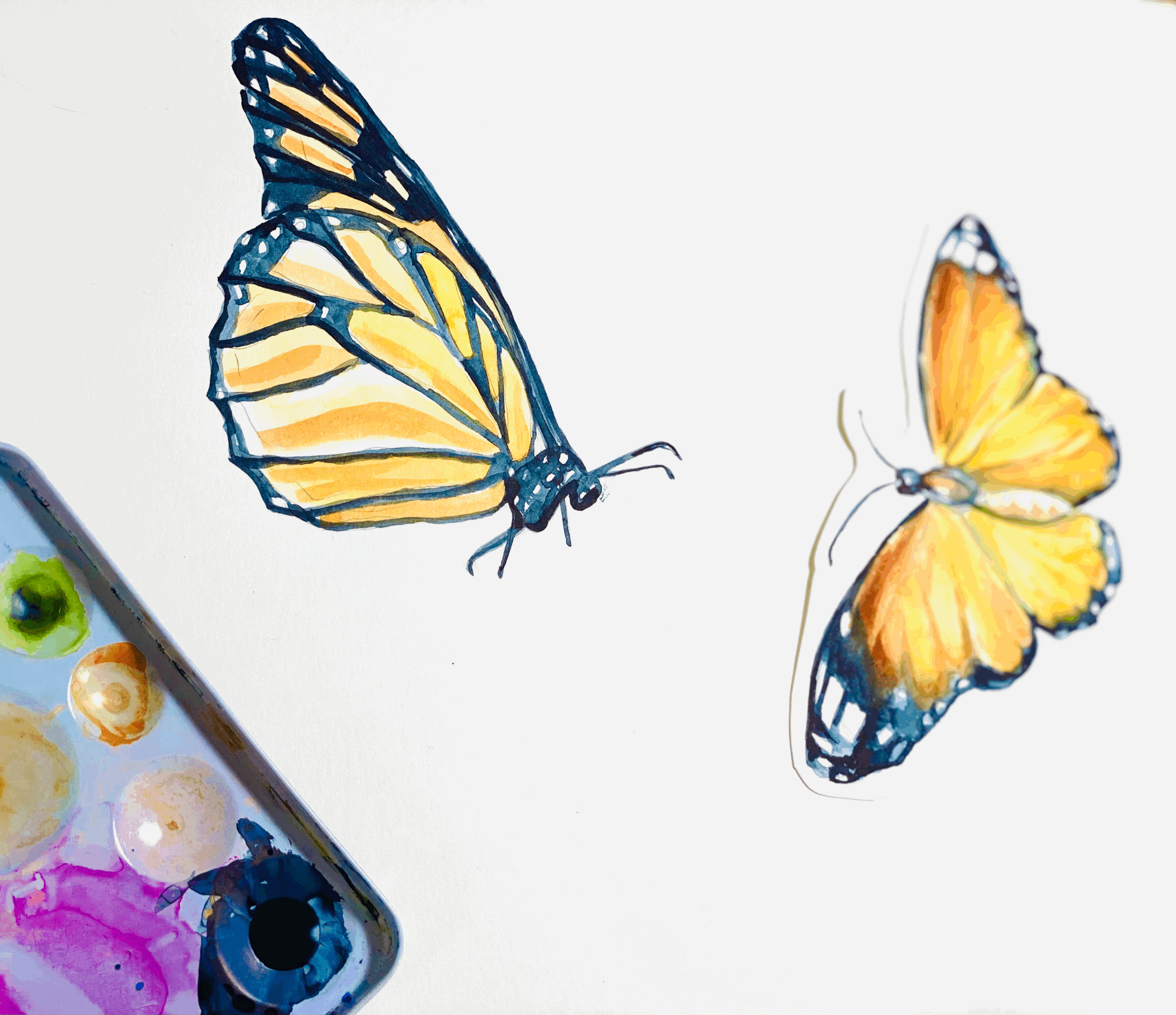How to Find Your Artist Identity
This might be the most talked about topic in the artist community — How to find your artist identity? How does an artist find their identity and what does that path look like? We start out as little kids holding a crayon or playing in our paints. School teaches us to play, but to value STEM and pursue a career in something other than art.
University teaches us about gender studies, theory applied to life, and how to write an essay based on a formula. We don’t learn about how to run a business, what being an entrepreneur feels like, or what skills you’ll need to support yourself. We are told as children that art doesn’t make money and then trained in college for jobs that aren’t practical, but instead theoretical. So, what does that mean for artists? It means we have to find our own way both creatively, as business owners, and as entrepreneurs. The reality for many of us has been a challenge as we find our way.
Here is a brief explanation of my experience and tips for you.
Experience at finding my artist identity
As a child born in the early 80’s, I was told art was not a career. This story might sound familiar. I had two working parents who were encouraged to get practical jobs. My father was an entrepreneur. My mother was a creative oil painter, who had a practical job as a cosmetologist. My father encouraged me to get a real estate license or pursue my mother’s career. However, I watched as my mother’s physical state deteriorated as a direct result of her career choices. That outcome did not seem desirable for me, so I picked a different career — graphic design.
Take note of what you like or dislike about your work
Anyone who has a background in graphic design knows that design is not art. Although I was excited about this new career outlook, I quickly discovered it did not fulfill me. Graphic design felt stifling as most of my projects required problem solving, rather than creativity. The experience of working as a designer made me feel low self esteem as I felt like I was not creative enough. However, with my personal projects I was very creative. I realized right away I had made a mistake with my career choice, and I sought out studies in a different degree. I thought perhaps teaching was the right career for me. I pursued an MA degree in English. Working in a college classroom, however, also did not feel fulfilling. It felt as though I was having a positive impact on the students, but in the wrong subject. The wealth of information I had from 10 years in the design industry felt wasted in an ESL classroom. I began to realize something was missing.
Recognize a shift in your emotions & grab onto opportunity
On a summer where I had a broken wrist and couldn’t work, I decided to pick up a paint brush. I started a 30-day challenge to paint watercolors every day. I didn’t know that project would change my life. After painting for 30 days what looked like little kids chicken scratch, I fell in love with watercolor painting.
Follow artists you relate to or admire
I started following people on Youtube in order to learn more about the water-based medium. I enrolled in two botanical painting courses that changed my life. I discovered I love botanicals probably more than any other subject. My attention turned to the idea of a career in illustration — something that excited me like nothing had before. I dove into this idea and began painting anything I wanted.
Learn from others — seek out mentorship
It was several years later that I ran across Bonnie Christine’s course, Immersion and discovered the world of surface pattern design. I also discovered the in depth course Leverage Your Art where you can learn how to license your designs on many different platforms and in many different industries. It took years and many different classes for my personal style to manifest itself.
Steps towards finding your artist’s identity
Give yourself the time you need.
Practice every day and explore different styles.
Read a lot.
Create a lot of samples of your work.
Give yourself an art prompt as if you were someone’s client.
Then….
Learn about marketing.
Sketch out a plan for your business that focuses on small steps every day.
Create a business name and register it!
Ask a friend to help you identify your style after you’ve created a large body of work.
Take courses that will help you build your business and identify industry mentors you can reach out to for help. I recommended just two above, but I took over 15 courses in the past 3 years. An insatiable desire to learn is, in my opinion, the key to success. I am now a licensed artist!
I hope these tips are helpful to you in finding your own style. Mine took years to develop. I finally see consistency in my work and common threads. For more about my process you can follow me on Youtube or Instagram.



